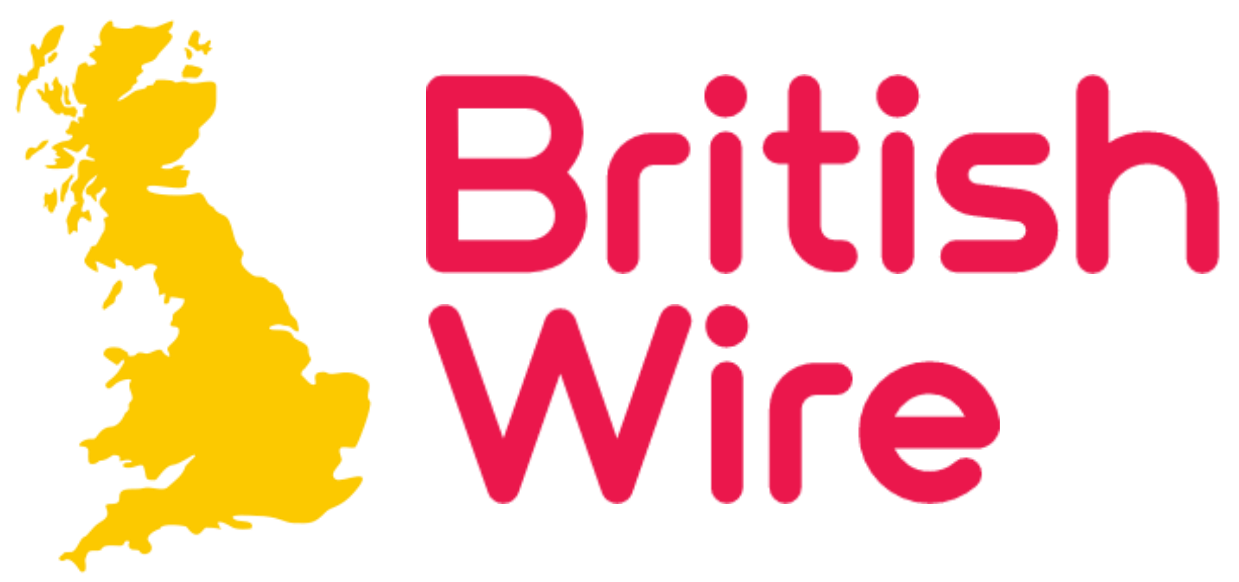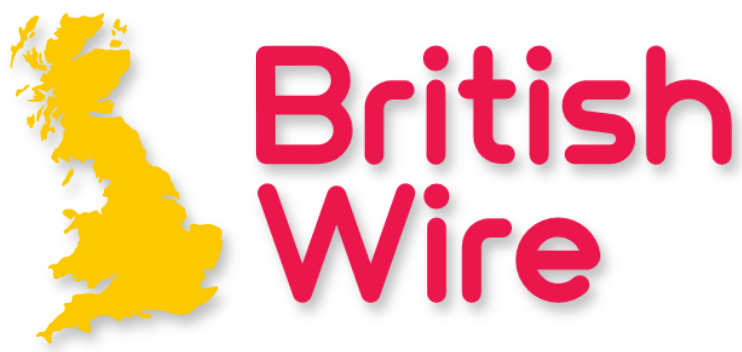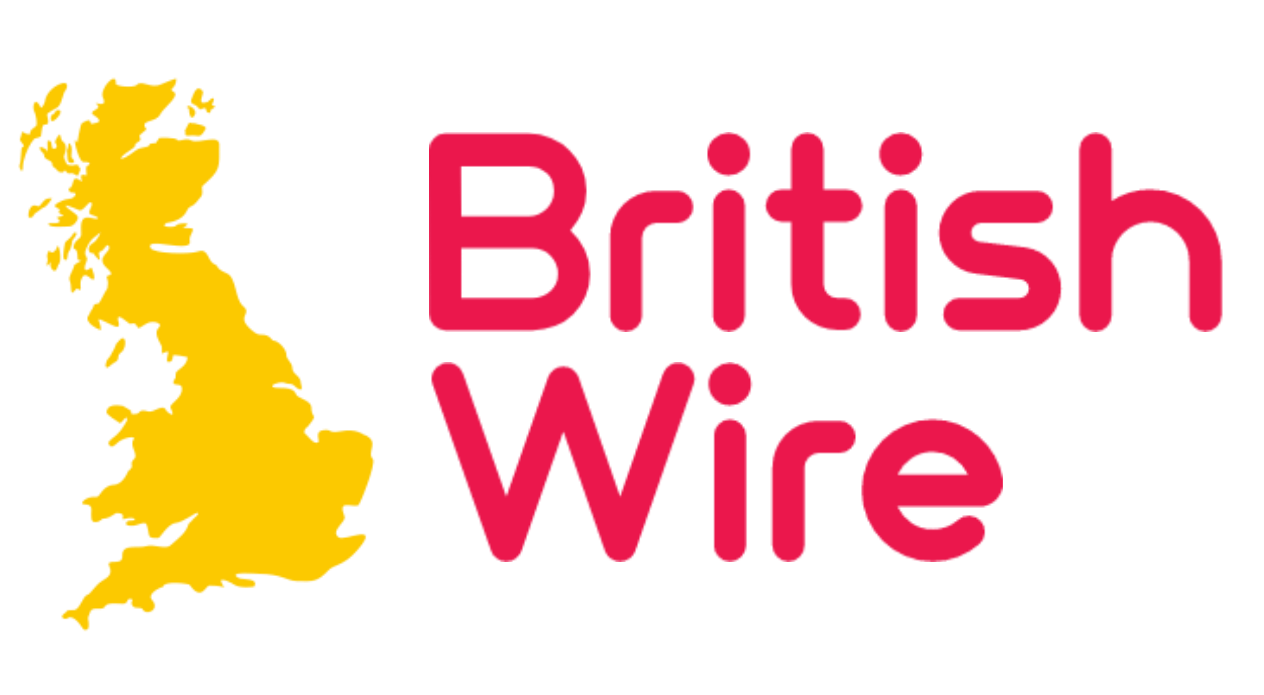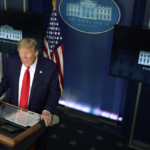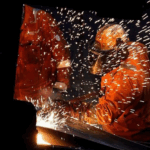AI in Video Editing
Video editing, once a time-consuming and labor-intensive process, has changed with recent developments of AI tools. Modern AI-powered editing tools can automatically:
-
AI-powered tools can analyse raw footage to identify the best takes, remove silences, and suggest optimal pacing. By detecting pauses, filler words, and suboptimal segments, these systems streamline the editing process, allowing creators to focus more on storytelling and less on manual trimming.
- Machine learning algorithms now handle tasks like noise reduction, color correction, and stabilisation. These AI-driven enhancements adjust brightness, contrast, and saturation to ensure a consistent look, while stabilisation features smooth out camera movements, resulting in polished, professional-quality videos.
- AI-driven speech recognition enables real-time transcription of dialogue, facilitating the creation of accurate subtitles and captions. These systems transcribe audio as it’s recognised, providing immediate text output that can be used for accessibility, localisation, or content indexing.
-
AI simplifies the application of dynamic effects by automating tasks like object tracking and background alteration. These tools can identify and isolate subjects within a frame, allowing for seamless integration of motion graphics, background changes, or other visual effects with minimal user input.
Platforms like Adobe Premiere Pro, DaVinci Resolve, Face Swap, and Runway ML integrate AI to help creators produce high-quality content faster than ever before.
AI in Photo Editing
Photo editing has also seen a massive shift with AI integration. Tools like Adobe Photoshop, Luminar AI, FaceSwap and Canva now use machine learning to:
- AI-powered content-aware fill tools enable seamless removal of unwanted elements from images. By intelligently analysing surrounding pixels, these tools can erase objects or imperfections while preserving the natural look of the background. This capability streamlines the editing process, allowing for quick and efficient cleanup of photos.
-
AI-driven upscaling techniques allow for the enhancement of low-resolution images without compromising clarity. By analysing image patterns and details, AI models can reconstruct and sharpen visuals, resulting in higher-quality images suitable for various applications, from digital displays to print media.
- AI simplifies the retouching process by automating tasks such as skin smoothing, teeth whitening, and eye enhancement. These tools can detect facial features and apply adjustments uniformly, ensuring consistent and natural-looking results. This automation reduces the time and effort required for manual retouching, making it accessible to users of all skill levels.
- Neural filters powered by AI enable the transformation of photos into various artistic styles. By applying complex stylistic effects, users can convert images into digital artworks resembling paintings, sketches, or other creative expressions. This functionality opens up new avenues for artistic exploration and personalisation in photo editing.
How Content Creators Can Use AI Responsibly
For digital creators, AI presents endless opportunities—but it’s crucial to use these tools ethically. Here are some best practices:
- Whether you’re using AI for face swaps, image enhancements, or generating entire videos, it’s essential to inform your audience about AI involvement. Clear disclosures not only build trust but also align with emerging industry standards and platform policies. For instance, platforms like YouTube and Meta require disclosures for AI-generated content, especially in sensitive areas like political advertising.
- AI should be a tool to enhance creativity, not to deceive. Utilise AI to improve content quality, streamline workflows, or add innovative elements. However, avoid using AI to manipulate reality in ways that could mislead or harm audiences. Ethical use of AI fosters a positive relationship with your audience and upholds the integrity of your work.
- Before sharing AI-generated content, ensure it’s sourced from credible and reputable origins. With the rise of deepfakes and misinformation, verifying the authenticity of content is more important than ever. Cross-referencing information and using fact-checking tools can help prevent the spread of false or misleading content.
As AI continues to advance, we can expect even more groundbreaking developments:
- AI tools now enable creators to edit videos live during filming. These systems can adjust lighting, remove objects, and apply effects instantly, streamlining production and enhancing creative control on set.
- Generative AI allows for the creation of content tailored to individual preferences by analysing user data. This leads to more engaging and relevant experiences, as seen in personalised marketing and media recommendations.
- Fully digital personas, created using AI, are gaining popularity on social media platforms. These virtual influencers can engage audiences and promote brands, offering unique opportunities in marketing and entertainment.
